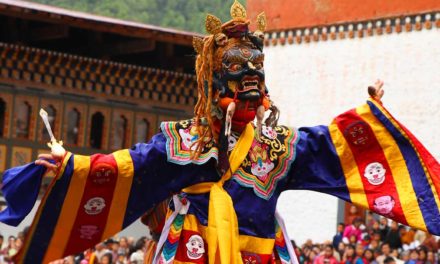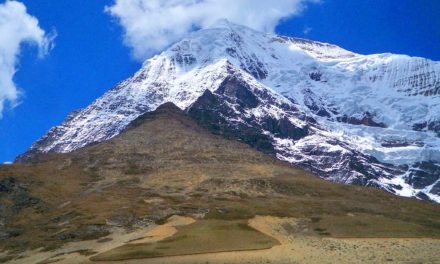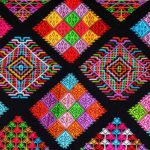
Arts and Architecture
Bhutan has a unique Art and Architecture. These arts and architecture derived inspiration from Buddhist doctrine and mythology. Bhutanese arts and crafts are deeply rooted in the Buddhist philosophy. They are mostly subjective and symbolic and are highly attractive and decorative in their representation. From simple houses to massive Dzongs (Fortress), Bhutanese Art and architecture always forms a major part.
Bhutan Art and craft is summarized into 13 groups and it is called Zorig Chusum (Thirteen Kind of Arts and Crafts).
- Lug zo (Casting)
- Shag zo (Wood Turning)
- Dho zo (Stone work)
- Par zo (Carving)
- Lha zo (Painting)
- Jim zo (Sculpting)
- Shing zo (Wood work)
- Gar zo (Blacksmith)
- Troe zo (Ornament Making)
- Tsha zo (Bamboo Work)
- De zo (Paper Making)
- Tshem zo (Tailoring, embroidery and applique)
- Thag zo (Weaving)
The Dzongs are the most famous living monuments of the past. These dzongs have many buildings and temples both inside and outside to serve the dual purposes of religious and civil administrations. It is the main centre for all political, social and religious activities in the region. The Dzongs and the monasteries in Bhutan contain most of the artistic treasures of the country in the form of wall paintings, statues, carvings, etc.




